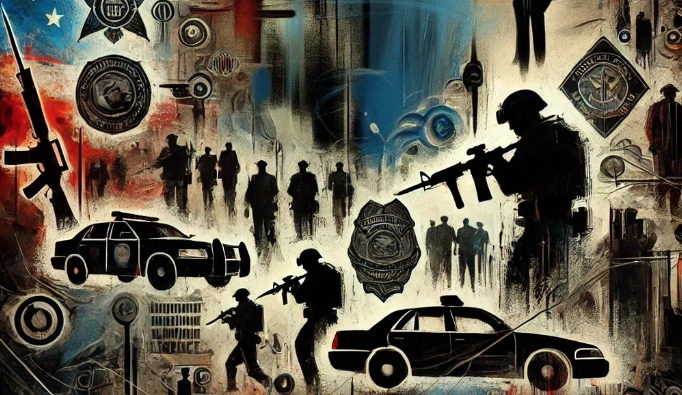Trump’s Second Term Plans: Increased Militarization and Potential Threats to Civil Liberties

Former President Donald Trump has outlined plans for a potential second term that emphasize the increased militarization of federal law enforcement, targeting issues such as homelessness, drug dealing, border crossings, and expanding the use of the death penalty. These plans, detailed in numerous posts on Truth Social, signal a significant expansion of presidential power that could jeopardize civil liberties and set a dangerous precedent for the weaponization of the federal government against civilians. Congress must take preemptive action to counter these proposals, according to a recent report by Citizens for Responsibility and Ethics in Washington (CREW).
Historical Context and Comparison
Trump’s first term saw the deployment of over 5,000 National Guard troops to the border, a number he plans to dramatically increase to between 100,000 and 300,000 troops in a potential second term. This is in stark contrast to previous administrations, such as President George W. Bush‘s 6,000 troops and President Barack Obama‘s 1,200 troops sent to the border. In 2020, Trump also deployed the National Guard against protesters in Washington, D.C., and federal officers to police protests in Portland, Oregon, actions that were met with significant alarm and criticism.

Trump’s Immigration and Border Enforcement Strategy
Migrants crossing the southern border have been a primary focus of Trump’s proposed law enforcement efforts. His posts often equate these communities with crime and drug trafficking, promising to use every available federal resource to combat what he describes as an “incredible invasion” at the border. For those already in the U.S., Trump proposes the largest domestic deportation operation in American history, reallocating significant portions of federal law enforcement agencies to his anti-immigration agenda.
Domestic Law Enforcement and Public Safety
Trump’s plans extend beyond border enforcement to include a federal law enforcement presence in cities, targeting protestors, gang members, and drug dealers. He has criticized local officials for not using enough force and promised to override them by deploying federal assets to restore order. His proposals also include arresting individuals for camping in public spaces and using controversial tactics like stop and frisk, which disproportionately target minority communities.
Calls for Congressional Action
Trump’s plans underscore the need for Congress to implement checks and balances on presidential power. Congress should reform the Insurrection Act and the National Emergencies Act to limit the president’s authority to deploy the military domestically and ensure that emergency powers are subject to congressional oversight. Additionally, the Protecting Our Democracy Act could curb abuses of power by presidents from both parties, reinforcing the legislative branch’s role as a check on executive overreach.
The Broader Implications
The potential consequences of Trump’s proposed policies are profound, threatening to erode civil liberties and democratic norms. Congress must act decisively to prevent any president from exploiting military and law enforcement agencies against civilians, ensuring that the United States remains a country governed by laws and checks and balances.
For more detailed information on Trump’s proposals and their implications, you can read the full CREW analysis.

